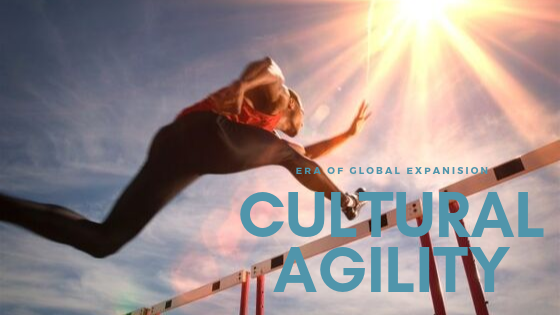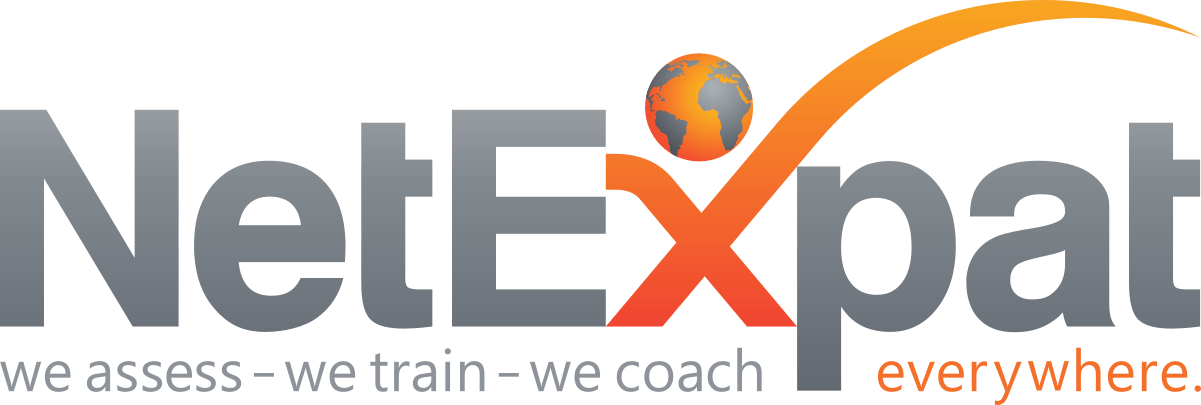The need for blended learningWhen cultural agility was becoming a desirable competency, it was originally focused only on expats, Verstandig says. People who were physically moving had to be trained on culture, often in-person with a trainer. Then more people went abroad for short-term work, some became virtual expats and e-learning was developed to save time and money. This worked … for a while.
“E-learning is very flexible and allows employees to study at their own pace, 24/7, as a self-service platform. It’s inexpensive. If you’re moving from Seattle to Shanghai, you can take an interactive e-learning course to learn about Chinese behaviors and cultural differences. The classroom isn’t necessary,” he says.
But, what if the CEO and a recent college graduate are both going to China? Do they need exactly the same course? “About three years ago, leadership and development professionals began realizing they were at the bottom of the well on e-learning. It is not flexible in terms of learning objectives. It’s not adaptive. It can’t answer questions. It can’t help you prepare for a presentation or adapt your leadership style,” Verstandig says. The key was to combine e-learning with help from a trainer or coach.
Blended learning uses e-learning as a foundation but allows customization. Some people can go quickly through this material or skip it altogether depending on where they are in their knowledge. Some people can do the entire course and then specifically ask how to tweak emails with Chinese stakeholders to achieve the best results. Verstandig has seen this hybrid format greatly increase uptake rate and satisfaction at his own organization and throughout this industry.
The future of cultural agility
Using specific information about each individual from his cultural X-ray, trainers can predict how someone might clash with a new culture in up to 30 areas such as communication, risk taking, project management, and deadlines and time management, Verstandig says. Then a trainer develops a fully customized program to help someone adapt whether they’re moving to a new international locale or just working virtually on the same project.
Verstandig believes in a few years, predictive analytics will continue as the next big revolution in cultural agility training, using an even more sophisticated, holistic predictive approach.
This ability to predict successful expatriation will also help employers a great deal. They won’t have to consider which employee will best adapt to China; they will send the best engineer and know that person can adapt to China, Verstandig says. “It levels the playing field when you can identify and train for weaknesses.”
















